In the realm of heavy-duty transportation, safety is paramount. At CarMax Vehicle, we prioritize the integration of advanced technologies to ensure that our semi-trailers not only meet but exceed industry safety standards. One such critical technology is the Anti-lock Braking System (ABS). But how does ABS work, and why is it essential for semi-trailers? This comprehensive guide delves into the mechanics, benefits, and maintenance of ABS in semi-trailers, providing valuable insights for fleet operators, drivers, and industry enthusiasts.
What Is ABS and How Does It Function in Semi-Trailers?
The Fundamentals of ABS Technology
Anti-lock Braking Systems (ABS) are designed to prevent wheel lock-up during braking, maintaining traction with the road surface and allowing the driver to retain steering control. In semi-trailers, which often carry heavy loads and navigate varied terrains, ABS is indispensable for ensuring stability and reducing stopping distances.

Components of ABS in Semi-Trailers
ABS in semi-trailers comprises several key components working in unison:
- Wheel Speed Sensors: Monitor the rotational speed of each wheel, detecting any deceleration that could lead to lock-up.
- Electronic Control Unit (ECU): Processes data from the wheel speed sensors and determines when to activate the ABS.
- Hydraulic Valves: Control the brake pressure to each wheel, modulating it to prevent lock-up.
- Pump: Restores brake pressure after each modulation cycle.
The ABS Operation Cycle
When a driver applies the brakes, the wheel speed sensors continuously send data to the ECU. If the system detects that a wheel is decelerating too rapidly (indicating potential lock-up), the ECU signals the hydraulic valves to reduce brake pressure temporarily. This modulation occurs rapidly and repeatedly, ensuring that the wheels continue to rotate slightly, maintaining traction and control.
Benefits of ABS in Semi-Trailers

Enhanced Safety and Stability
ABS significantly reduces the risk of skidding and loss of control, especially under adverse conditions like wet or icy roads. For semi-trailers, which have a higher center of gravity and greater mass, this stability is crucial in preventing rollovers and accidents.
Shorter Stopping Distances
In many scenarios, ABS can decrease stopping distances on slippery surfaces. By preventing wheel lock-up, the tires maintain grip, allowing for more effective braking and quicker halts, which is vital in avoiding collisions.
Improved Steering Control
Unlike traditional braking systems where locked wheels can lead to directional instability, ABS allows drivers to steer while braking. This control is essential for navigating obstacles and maintaining lane integrity during emergency stops.

ABS in Semi-Trailers vs. Standard Vehicles
Load and Weight Considerations
Semi-trailers carry significantly more weight than standard vehicles, affecting braking dynamics. ABS systems in semi-trailers are calibrated to handle these increased loads, ensuring optimal performance even under maximum capacity conditions.
Brake System Design
The brake systems in semi-trailers are typically air brake systems, which differ from hydraulic systems in passenger cars. ABS in semi-trailers must integrate seamlessly with these air brake components, requiring robust engineering to manage the higher pressures and larger brake actuators.
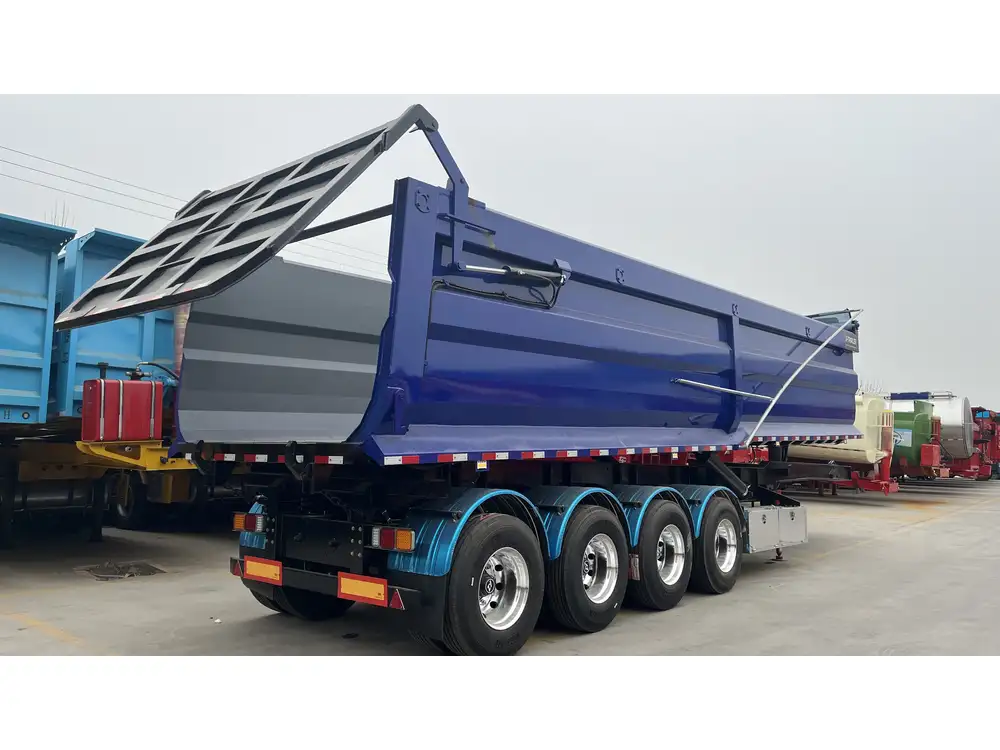
Environmental Adaptability
Semi-trailers often operate in diverse environments, from highways to mountainous regions. ABS systems must adapt to varying inclines, declines, and surface conditions, providing consistent performance regardless of the terrain.
Maintenance and Troubleshooting ABS in Semi-Trailers
Regular Inspection Protocols
Maintaining ABS functionality is essential for safety. Regular inspections should include:
- Wheel Speed Sensors: Check for damage, debris, or incorrect alignment.
- Hydraulic Lines and Valves: Ensure there are no leaks and that valves respond correctly.
- Brake Pads and Rotors: Monitor wear and replace components as needed to maintain braking efficiency.
- ECU Diagnostics: Utilize onboard diagnostic tools to monitor ABS system health and identify potential issues early.

Common ABS Issues and Solutions
Faulty Wheel Speed Sensors
- Symptoms: ABS warning light illuminated, inconsistent braking behavior.
- Solution: Clean or replace damaged sensors and ensure proper wiring connections.
Hydraulic Valve Malfunctions
- Symptoms: ABS engages intermittently or not at all, unusual brake pedal feel.
- Solution: Replace or repair malfunctioning valves and check system pressure.
ECU Failures
- Symptoms: Complete loss of ABS functionality, multiple error codes.
- Solution: Diagnose using specialized equipment, reprogram, or replace the ECU as necessary.
Integrating ABS with Other Safety Technologies
Electronic Stability Control (ESC)
ESC works in tandem with ABS to enhance vehicle stability by detecting and reducing skids. In semi-trailers, ESC can adjust engine power and apply individual brakes to maintain control, especially during sudden maneuvers.
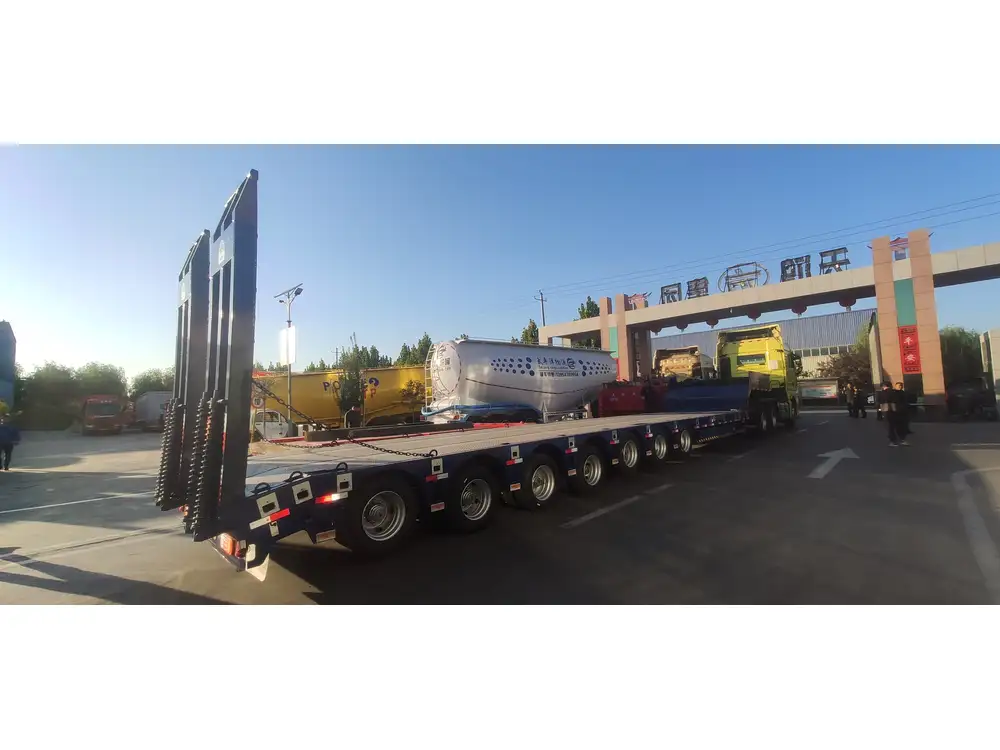
Traction Control Systems (TCS)
TCS prevents wheel spin during acceleration by modulating brake pressure and engine output. Combined with ABS, TCS ensures that semi-trailers maintain traction during start-ups on slippery or uneven surfaces.
Adaptive Brake Systems
Adaptive brake systems automatically adjust braking force based on load conditions and driving behavior. When integrated with ABS, these systems provide tailored braking performance, optimizing safety and efficiency.
The Role of ABS in Regulatory Compliance
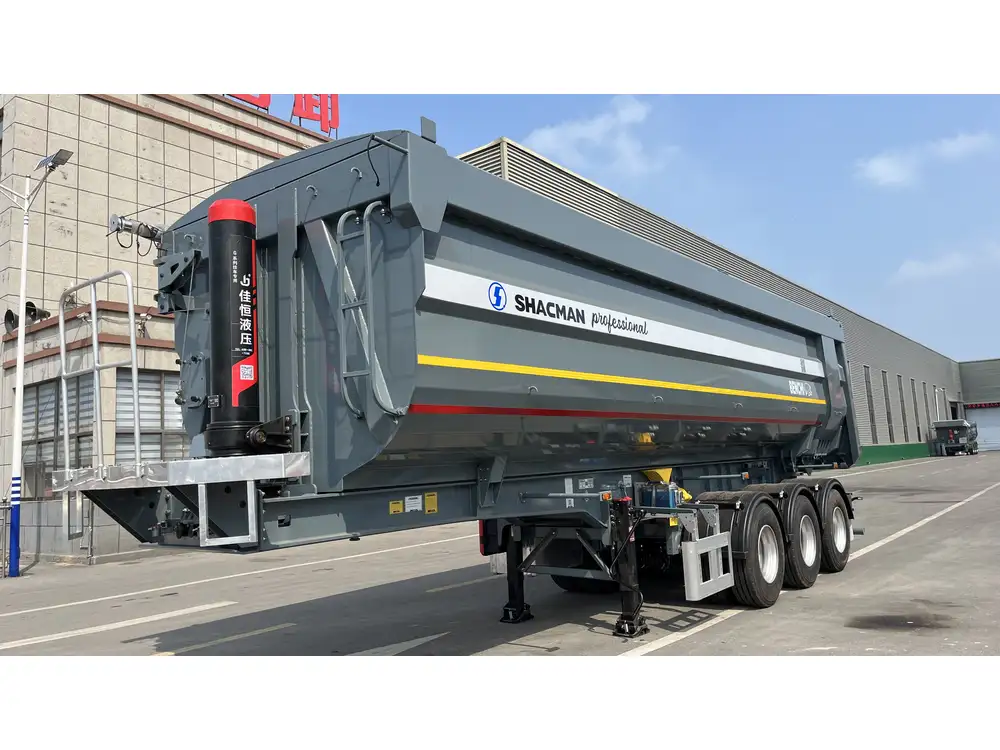
Safety Standards and Certifications
Various regions mandate the presence of ABS in commercial vehicles. Compliance with these standards is not only a legal requirement but also a testament to a company’s commitment to safety. CarMax Vehicle ensures that all our semi-trailers are equipped with ABS systems that meet or exceed these regulatory standards.
Insurance Implications
Vehicles equipped with ABS often benefit from lower insurance premiums due to the enhanced safety features. For fleet operators, investing in ABS can result in significant cost savings over time, in addition to reducing the risk of accidents.
Future Developments in ABS Technology for Semi-Trailers
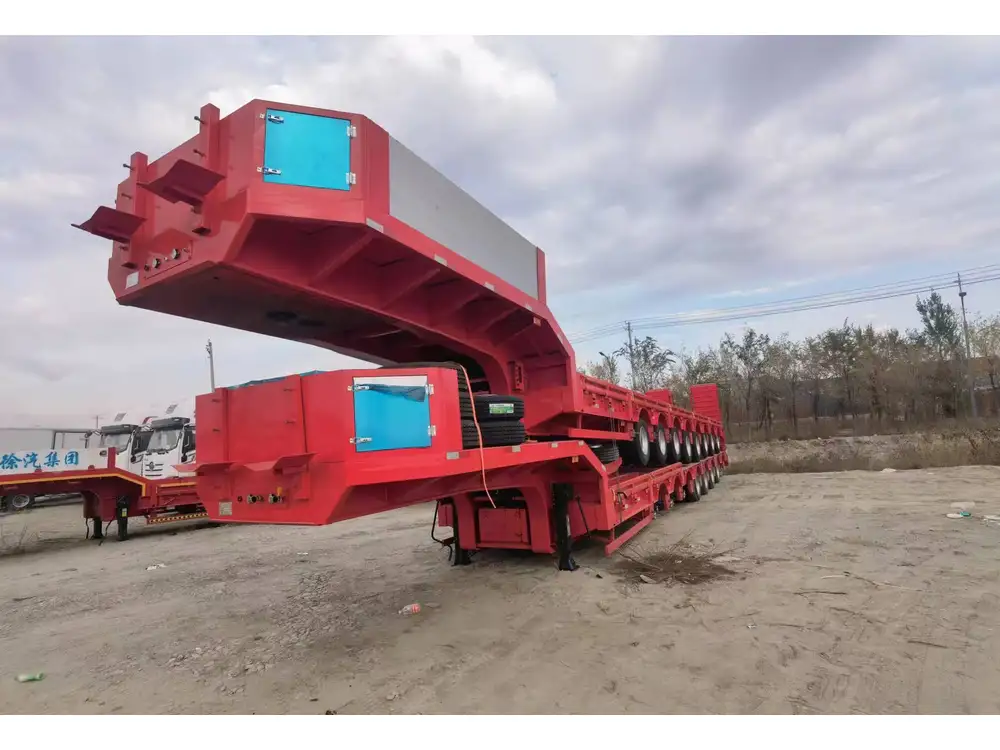
Integration with Autonomous Systems
As the transportation industry moves towards automation, ABS systems are evolving to work seamlessly with autonomous driving technologies. Enhanced ABS can provide critical data and control mechanisms necessary for the safe operation of self-driving semi-trailers.
Predictive Maintenance and IoT Integration
The Internet of Things (IoT) allows for real-time monitoring of ABS performance. Predictive maintenance powered by data analytics can forecast potential system failures, enabling proactive repairs and minimizing downtime.
Enhanced Sensor Technologies
Advancements in sensor technology, including higher precision and durability, are improving ABS reliability. Future systems may incorporate more sophisticated sensors to better adapt to varying road conditions and vehicle loads.
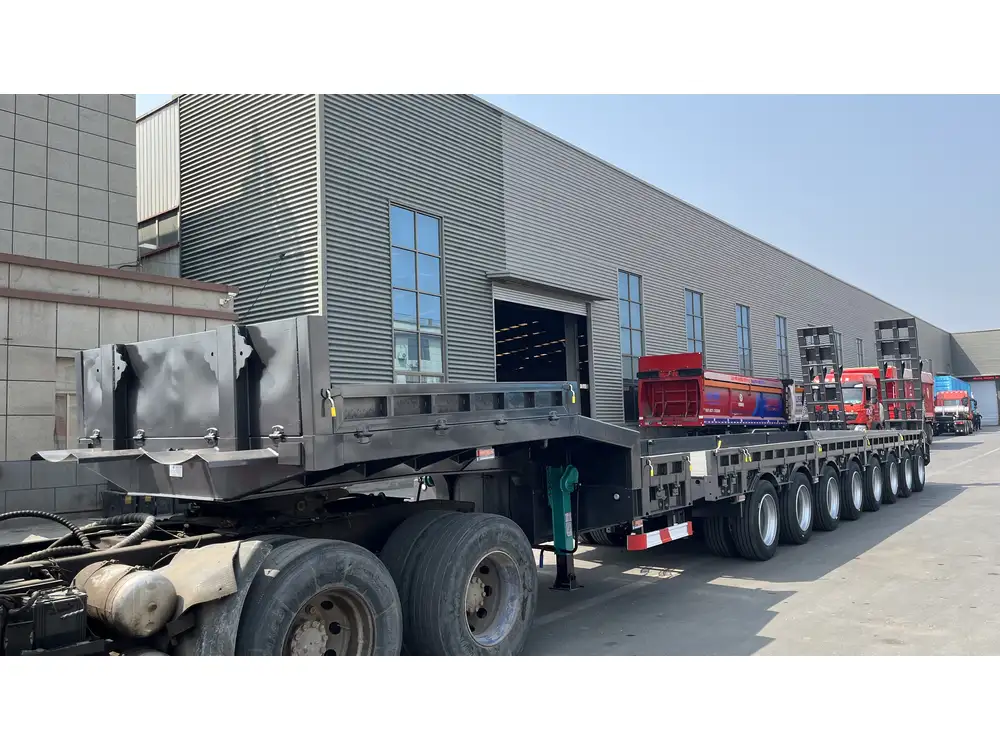
Choosing the Right ABS for Your Semi-Trailer
Assessing Your Fleet’s Needs
When selecting an ABS system, consider factors such as:
- Fleet Size and Usage: Larger fleets with extensive usage may benefit from more robust, scalable ABS solutions.
- Operating Environments: Tailor the ABS to perform optimally in the specific climates and terrains your fleet operates in.
- Load Characteristics: Ensure the ABS can handle the weight and distribution of your typical cargo.
CarMax Vehicle’s ABS Solutions
CarMax Vehicle offers state-of-the-art ABS systems tailored for semi-trailers, combining reliability, efficiency, and advanced features to meet the diverse needs of our clients. Our systems are engineered to provide superior braking performance, ease of maintenance, and seamless integration with other safety technologies.

Training and Driver Education
Importance of Proper Training
Even the most advanced ABS systems require knowledgeable operation to maximize their benefits. Comprehensive driver training ensures that operators understand how ABS functions and how to respond effectively during ABS activation.
Training Programs Offered by CarMax Vehicle
We provide tailored training programs for fleet operators and drivers, focusing on:
- Understanding ABS Functionality: Educating drivers on how ABS works and its role in vehicle safety.
- Effective Braking Techniques: Teaching drivers how to utilize ABS during different driving conditions.
- Maintenance Best Practices: Guiding operators on regular maintenance and troubleshooting ABS systems.
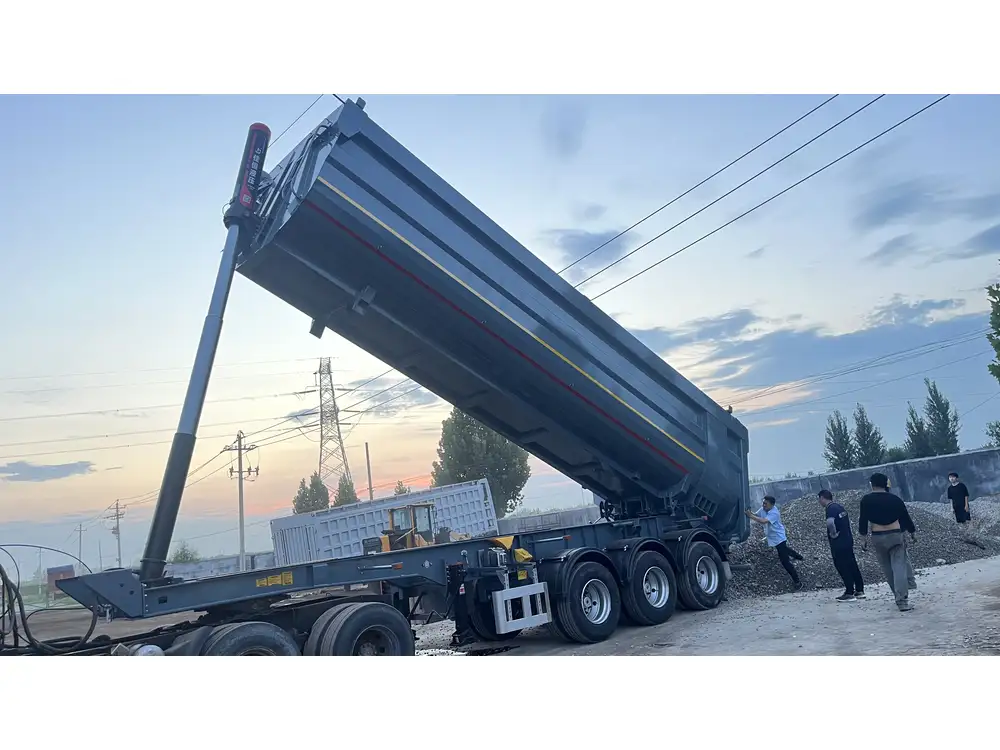
Cost-Benefit Analysis of Implementing ABS
Initial Investment vs. Long-Term Savings
While integrating ABS into semi-trailers involves an upfront cost, the long-term benefits far outweigh the initial expenditure. Reduced brake wear, fewer accidents, and lower insurance premiums contribute to significant cost savings over time.
Enhancing Fleet Efficiency and Reliability
ABS systems contribute to smoother and more efficient braking, reducing driver fatigue and improving overall fleet reliability. This efficiency translates into better fuel economy and increased productivity for transport operations.
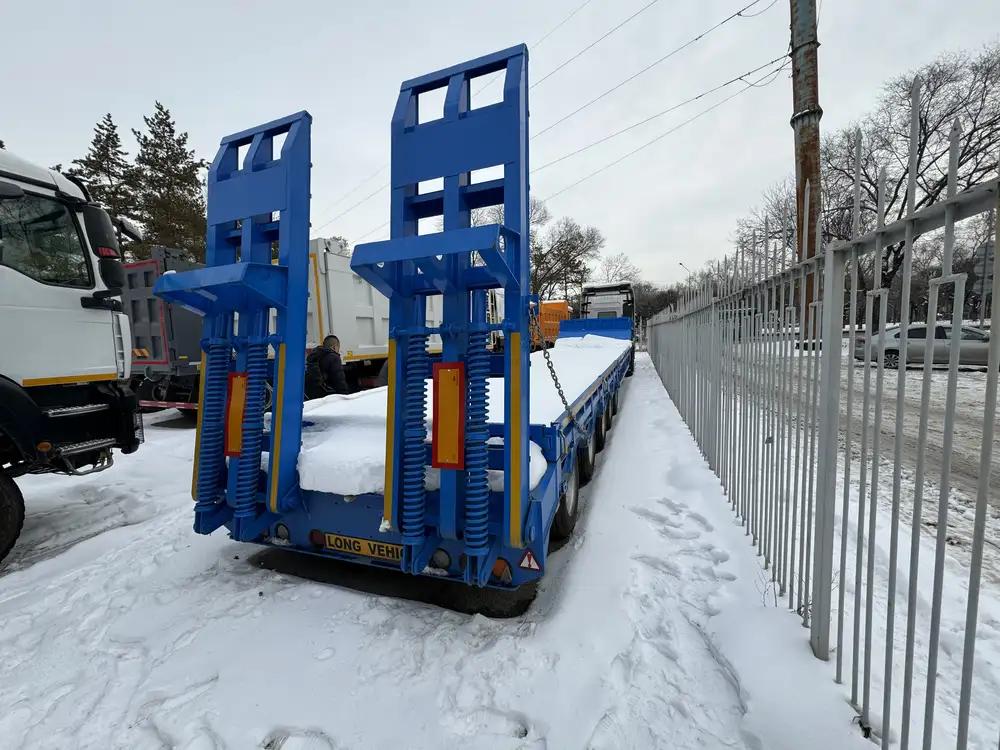
Case Studies: ABS Implementation Success
Fleet Operator A: Reducing Accident Rates
A large logistics company integrated ABS across its semi-trailer fleet and observed a 30% reduction in accident rates within the first year. The enhanced braking performance and increased driver confidence played crucial roles in this success.
Transport Company B: Lowering Maintenance Costs
By adopting ABS systems from CarMax Vehicle, a transport company successfully decreased brake-related maintenance costs by 25%. The durability and reliability of the ABS contributed to fewer component replacements and reduced downtime.

The Future of ABS in the Heavy-Duty Transport Industry
As technology continues to advance, the role of ABS in semi-trailers is set to expand. Innovations such as machine learning algorithms for predictive braking, enhanced integration with vehicle-to-everything (V2X) communication systems, and the development of more energy-efficient ABS components will further elevate the safety and performance of heavy-duty transport vehicles.
At CarMax Vehicle, we are committed to staying at the forefront of these technological advancements, ensuring that our semi-trailers are equipped with the most reliable and cutting-edge ABS systems available. By prioritizing safety, efficiency, and innovation, we aim to support our clients in achieving optimal performance and safeguarding their operations.
Frequently Asked Questions (FAQs)
1. What is the primary function of ABS in semi-trailers?
The primary function of ABS in semi-trailers is to prevent wheel lock-up during braking, maintaining traction with the road and allowing drivers to retain steering control, thereby enhancing overall safety and stability.

2. How does ABS differ in semi-trailers compared to passenger vehicles?
ABS in semi-trailers is specifically calibrated to handle the higher loads and different brake system configurations, such as air brakes, ensuring optimal performance under heavy-duty conditions.
3. Can ABS systems be retrofitted to older semi-trailers?
Yes, many ABS systems can be retrofitted to older semi-trailers. However, it is essential to consult with a qualified technician or the manufacturer to ensure compatibility and proper installation.
4. What maintenance is required for ABS in semi-trailers?
Regular maintenance for ABS includes inspecting wheel speed sensors, checking hydraulic lines and valves for leaks, monitoring brake pads and rotors for wear, and utilizing diagnostic tools to ensure the ECU is functioning correctly.
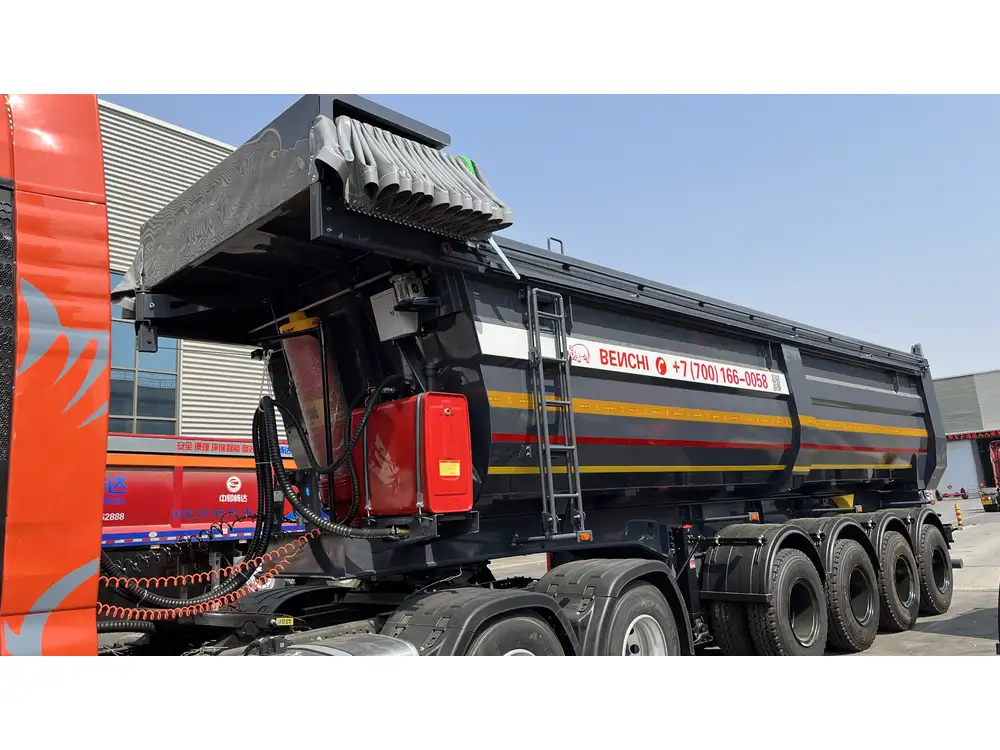
5. How does ABS contribute to fuel efficiency in semi-trailers?
While ABS primarily enhances safety, it also contributes to fuel efficiency by promoting smoother and more controlled braking, which can reduce unnecessary wear on brake components and improve overall vehicle performance.



